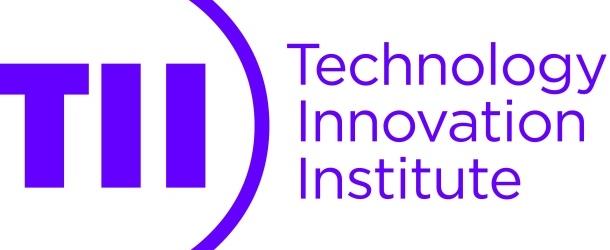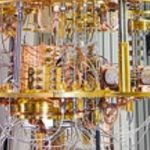Researchers at TII in United Arab Emirates Discover New Approach to Simulate Complexity of Quantum Cryptographic Attacks

(HPC.Wire) Researchers at Technology Innovation Institute (TII) in the United Arab Emirates have demonstrated a new approach to simulate cryptographic hacking algorithms on a quantum simulator that runs on classical computers. One of the key discoveries was a way to model the complexity of such computations that could be scaled to a full-sized quantum computer. The research enabled them to create more secure cryptographic designs.
Researchers have been exploring this area for some time now, considering that it could have important ramifications for security, privacy, finance, and ecommerce. One approach has been to craft a quantum attack on a full-sized cryptography problem through focusing on a small element of the problem and then combining these pieces in the end. Attacking a cryptographic algorithm involves the interplay of many mathematical processes and this approach could struggle with estimating how the interplay between different pieces would scale up.
So, researchers at TII found a way to shrink the cryptographic problem down in such a way as to maintain the appropriate relationship between all the different pieces. Emanuele Bellini, Lead Cryptographer at TII said: “This was not possible before because quantum simulators consume a lot of power. The one we are using allows us to manage enough simulated qubits to run a meaningful sample.
the team was looking at how symmetric cryptographic schemes could be modeled and attacked using Grover’s algorithm. This research demonstrated the first implementation of all the components of Grover’s algorithm as a complete ensemble of components. Other researchers have mathematically explored a full implementation but could not run it or have only run it with small pieces of the full algorithm. TII researchers resized the problem to a smaller scale, which allowed them to run a full implementation of Grover’s algorithm to address the problem.



















